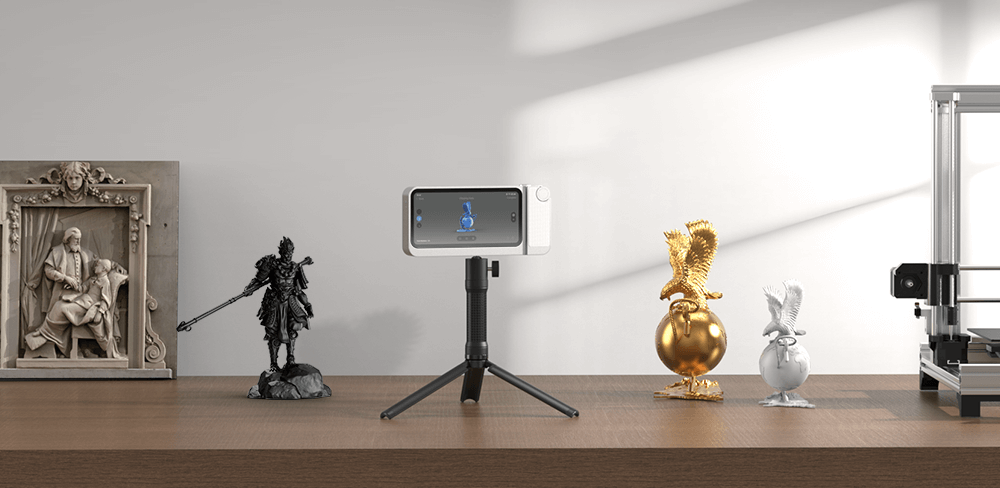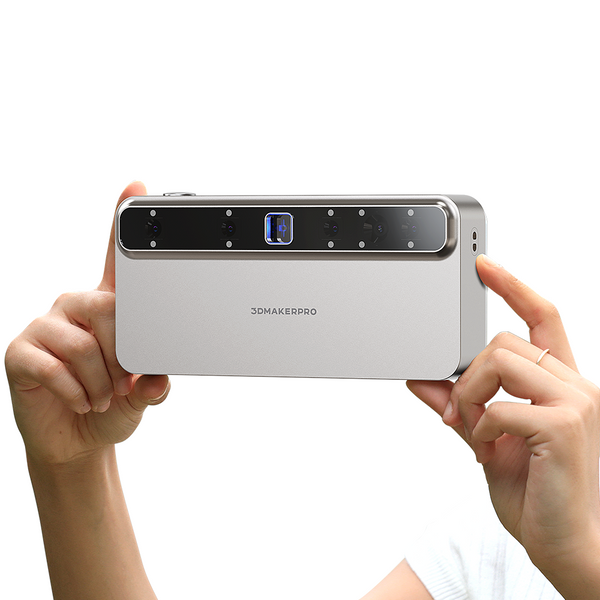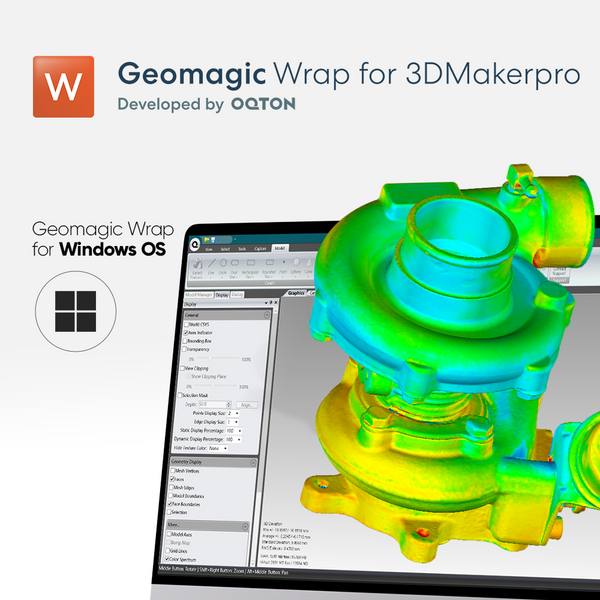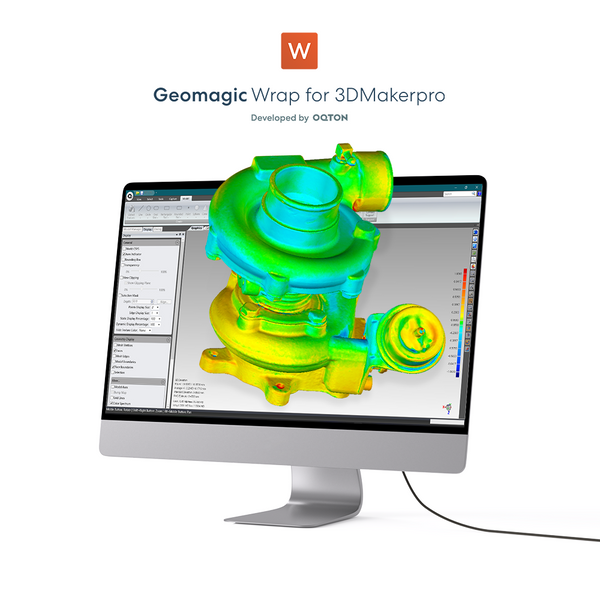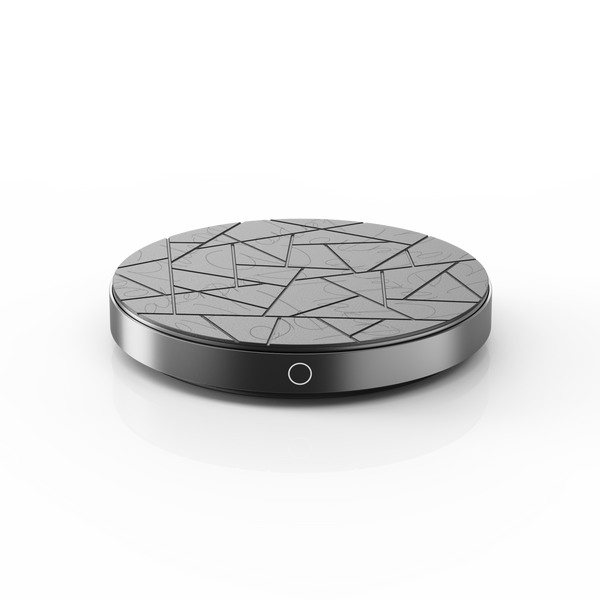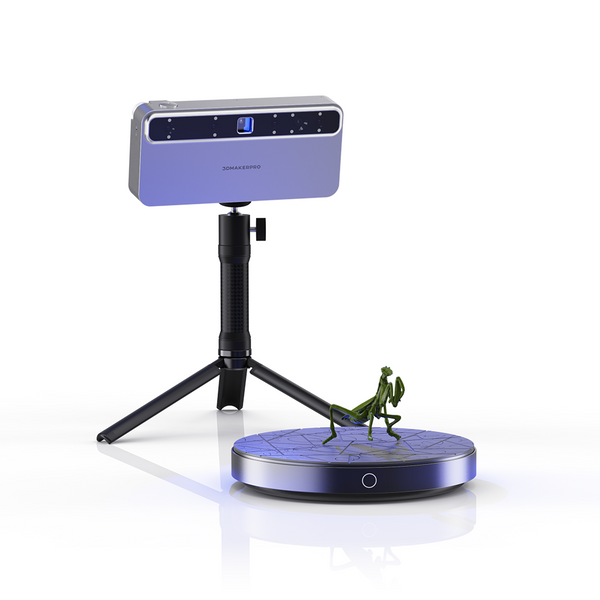Wood sculpture has a rich history, dating back to ancient civilizations where artisans shaped wood into functional and ornamental objects. From religious figures in temples to intricate carvings in royal palaces, wood has served as a medium of expression reflecting cultural values, beliefs, and artistic innovation. Today, the evolution of wood sculpture takes on a new dimension as technology merges with tradition, creating a fascinating dialogue between the past and the present.
The Cultural Heritage of Wood Sculpture
Traditional wood sculpture is rooted in human history. Cultures worldwide have utilized local wood to create sculptures that serve various purposes. In Africa, wooden masks are central to rituals and ceremonies, embodying spiritual significance, while Indigenous peoples of the Americas have used wood for totem poles, each carving telling a unique story or representing family lineage.
These traditional methods require immense skill, as artists use hand tools and time-honored techniques passed down through generations. The tactile experience of carving wood fosters a deep connection between the artist and the material, instilling an appreciation for nature and craftsmanship.

The Impact of Technology
As we progress into the 21st century, the integration of technology in wood sculpture machines is expanding creative possibilities and production methods. Artists leverage tools such as CNC (Computer Numerical Control) machines and laser cutting to carve intricate designs with remarkable precision. Moreover, the collaboration of wood sculpture machines with advanced technologies, like 3D scanning, plays a vital role in the modern sculptor’s toolkit. This technology offers several advantages, enhancing both artistic exploration and preservation of wood sculptures, while enabling artists to reimagine and innovate within this timeless art form.
Advantages of 3D Scanning in Wood Sculpture
The integration of advanced technology, particularly 3D scanning, has revolutionized the field of wood sculpture in several transformative ways:
Precision and Accuracy
3D scanners excel in capturing the intricate details and complex forms of wood sculptures with remarkable precision and accuracy. By meticulously recording the nuances of each piece, these advanced scanning technologies enable the precise reproduction of elements that faithfully honor the artist's original intent. This high level of detail is invaluable, particularly when creating replicas for exhibitions, educational demonstrations, or restoration projects, where fidelity to the original work is essential. Together with wood sculpture machines, it provides artists with a powerful tool to realize their creative vision.
For instance, the Toucan 3D Scanner stands out in this regard, equipped with four state-of-the-art 3D cameras alongside a 48 MP RGB camera. This combination allows for exceptional clarity and depth in capturing scans. With a single-frame accuracy of ≤ 0.03mm for small objects and ≤ 0.10mm for larger ones, the Toucan 3D Scanner performs exceptionally well in scanning wood sculptures. Its ability to ensure such precision makes it an indispensable tool for artists and conservators alike, facilitating the creation of accurate replicas that reflect the artistry and craftsmanship of the original pieces.
Digital Archiving
Digital archiving enables artists to create comprehensive records of their works, providing crucial protection against loss or damage. This process not only preserves artistic heritage but also facilitates easy access for future reference. Artists can revisit and reinterpret their creations over time, allowing their work to evolve and adapt in response to new ideas and insights.
With the Toucan 3D Scanner, artists benefit from integrated JM Studio software, which allows for seamless viewing and modification of 3D models. This all-in-one scanning solution streamlines the workflow, making it easy for artists to capture, edit, and enhance their designs in one go. Additionally, users can export their 3D models in various formats, including STL, OBJ, PLY, and RSCAN, ensuring compatibility with a wide range of applications and platforms. This flexibility not only enriches the artist's creative toolkit but also opens up new avenues for collaboration, presentation, and sharing within the artistic community.
Easy Replication
The advent of digital modeling has transformed how artists replicate their sculptures, allowing for efficient reproduction for commercial distribution, artistic exploration, or educational initiatives. Equipped with wood sculpture machines, artists can efficiently create digital models that are readily shared and replicated, ensuring the continued relevance and appreciation of their designs.
The Toucan 3D Scanner enhances this process with three scanning modes—continuous handheld, photo, and table—utilizing a blue laser structured-light source (Class 1/Class 3R). Featuring four advanced 3D cameras and a 48 MP RGB camera, it employs dual-lens imaging to generate seven photos for a single, detailed point cloud. With a scanning range of 135×185 mm to 1000×750 mm and a speed of up to 15 frames per second, the Toucan 3D Scanner significantly improves scanning efficiency, empowering artists to focus on creativity while facilitating the effortless replication of their artistic vision.
Enhanced Collaboration
The seamless sharing of 3D-scanned models fosters collaboration among artists, designers, and manufacturers, creating a vibrant environment for cross-disciplinary projects. This connectivity not only facilitates knowledge exchange but also stimulates innovative solutions and fresh artistic directions that challenge the conventions of traditional wood sculpture.
JM Studio, a user-friendly software developed in collaboration with 3DMakerpro scanners, allows users worldwide to easily download, import, and export their scanning data. Its clean and intuitive interface is designed to accommodate beginners, enabling even those without professional experience to quickly navigate the program and enhance their productivity. By minimizing the learning curve, JM Studio offers greater convenience and accessibility, empowering artists to focus on their creativity. Additional resources for learning JM Studio Software can be found on other blogs.
Artists can even leverage advanced modeling software like Geomagic Wrap for 3DMakerpro software to conceptualize and design models before testing them through 3D printing. This approach eliminates the traditional trial-and-error method of modifying wooden sculptures directly, thereby conserving raw materials, saving time and effort, and reducing costs. This streamlined process significantly enhances the efficiency of collaboration, enabling artists to bring their visions to life with greater precision and confidence.
In the End
Wood carving stands as a dynamic and multifaceted art form that bridges cultural significance and artistic expression. Technological advancements, including wood sculpture machines, have enhanced cultural preservation, making it easier for contemporary artists to uphold the profound traditions that underpin their work. By utilizing cutting-edge tools like the Toucan 3D scanner, artists can expand their creative possibilities while maintaining a deep connection to their artistic heritage.
This vibrant fusion of old and new continually inspires and provokes reflection among artists and audiences alike, fostering rich dialogue that keeps wood carving relevant in our ever-evolving era. Whether you are an artist eager to explore innovative techniques or an enthusiast immersed in this captivating art form, the modern world of wood carving offers boundless opportunities to explore, create, and forge meaningful connections with this enduring tradition.





